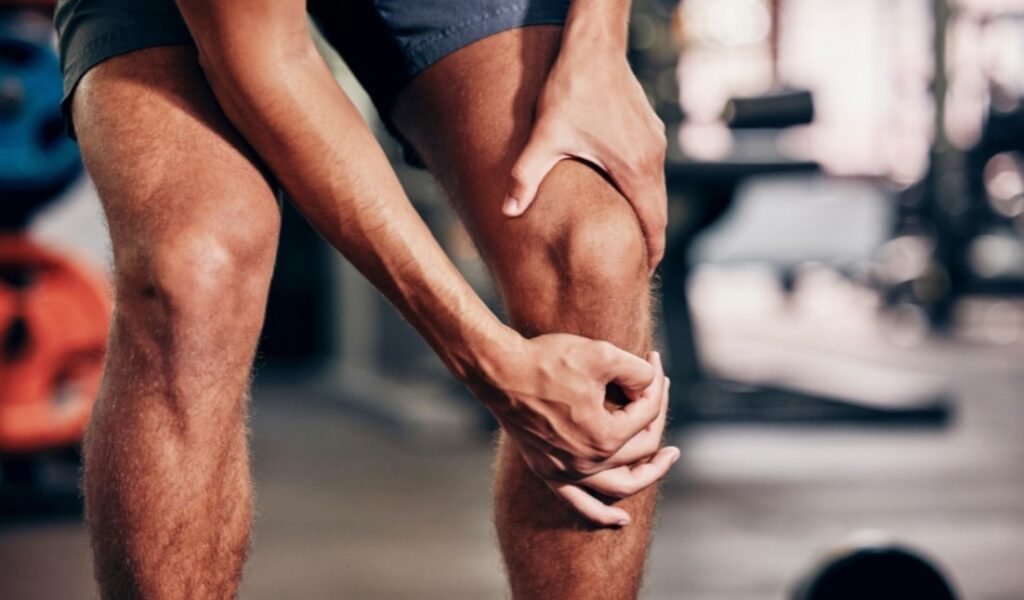While the Peloton Bike offers a low-impact cardio option compared to activities like running, it’s essential to assess its suitability for those with knee issues.

The Peloton Bike is good for individuals with bad knees, thanks to its low-impact nature and customizable settings. However, caution and proper form are essential to ensure a safe and comfortable workout experience.
Benefits of Peloton Riders with Bad Knees
Low-Impact Cardio: Cycling on the Peloton Bike is a low-impact exercise that places less stress on the knees compared to high-impact activities like running or jumping. This can be beneficial for individuals with knee discomfort or conditions.
Customizable Resistance: Users can adjust the resistance levels on the Peloton Bike, allowing them to control the intensity of their workouts. This means you can find a resistance level that feels comfortable for your knees.
Reduced Strain: Proper bike setup and positioning can help reduce strain on the knees. Ensuring that your bike is adjusted correctly can minimize unnecessary pressure on the knee joints.
Gentle Warm-Ups and Cooldowns: Peloton classes often include warm-up and cooldown segments that can help gently prepare the knees for exercise and promote flexibility.
Considerations

Consultation with a Healthcare Professional: If you have existing knee issues, it’s crucial to consult a healthcare professional or physical therapist before using the Peloton Bike. They can provide personalized recommendations based on your condition.
Proper Bike Setup: Incorrect bike setup can exacerbate knee discomfort. Adjust the seat height, position, and handlebars to ensure proper alignment and reduce strain on the knees.
Moderation: Gradually ease into cycling and avoid pushing yourself too hard initially. Start with shorter sessions and gradually increase duration and intensity as your knees adapt.
Listen to Your Body: If you experience pain, discomfort, or unusual sensations in your knees during or after a workout, it’s essential to listen to your body and make necessary adjustments.
Cross-Training: Incorporating other low-impact activities, such as swimming, walking, or stationary rowing, can provide variety while giving your knees a break from repetitive motions.
In Conclusion
For individuals with bad knees, the Peloton Bike can be a viable option for cardiovascular exercise due to its low-impact nature and customizable settings.
However, it’s crucial to approach cycling with caution and prioritize proper form, bike setup, and gradual progression.
Consulting a healthcare professional before beginning any new exercise regimen is highly recommended.
